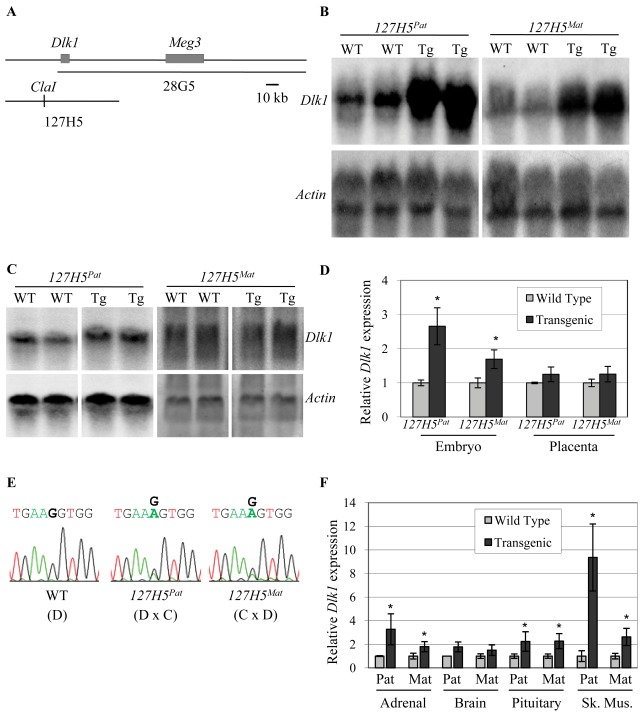Figure 1. Dlk1 is expressed but not imprinted from the 127H5 transgene.
(A) Schematic of the Dlk1-Meg3 BAC clones used to generate transgenic mice; the 28G5 transgene was described previously [46]. The 127H5 BAC was linearized at a unique ClaI site. (B, C) Representative Northern blots for Dlk1 mRNA in midgestation wild type (WT) and heterozygous transgenic (Tg) embryo (B) and placenta (C), after paternal (127H5Pat) and maternal (127H5Mat) inheritance. The mouse β-actin gene was used as a loading control. (D) Quantitative Northern data for blots shown in B & C; expression is normalized to β-actin. Gray bars represent wild type samples and black bars represent 127H5 transgenic samples upon paternal (127H5Pat) or maternal (127H5Mat) transmission in crosses to Cg12. (E) Direct sequencing assay for Dlk1 imprinting in wild type (WT) and heterozygous transgenic (Tg) F1 embryos after paternal (127H5Pat) and maternal (127H5Mat) inheritance. D indicates wild type animals carrying only the M. domesticus allele, while D×C or C×D indicates offspring of crosses to the Cg12 line carrying a M. castaneus allele, with the female genotype listed first. (F) Quantitative Northern blot analysis for Dlk1 mRNA in 3–4 week old 127H5 tissues. Expression is normalized to β-actin, and each bar represents 8–10 animals. Gray bars represent wild type samples and the black bars represent 127H5 transgenic samples upon paternal (Pat) or maternal (Mat) transmission. In all figures asterisks indicate p≤0.05.

